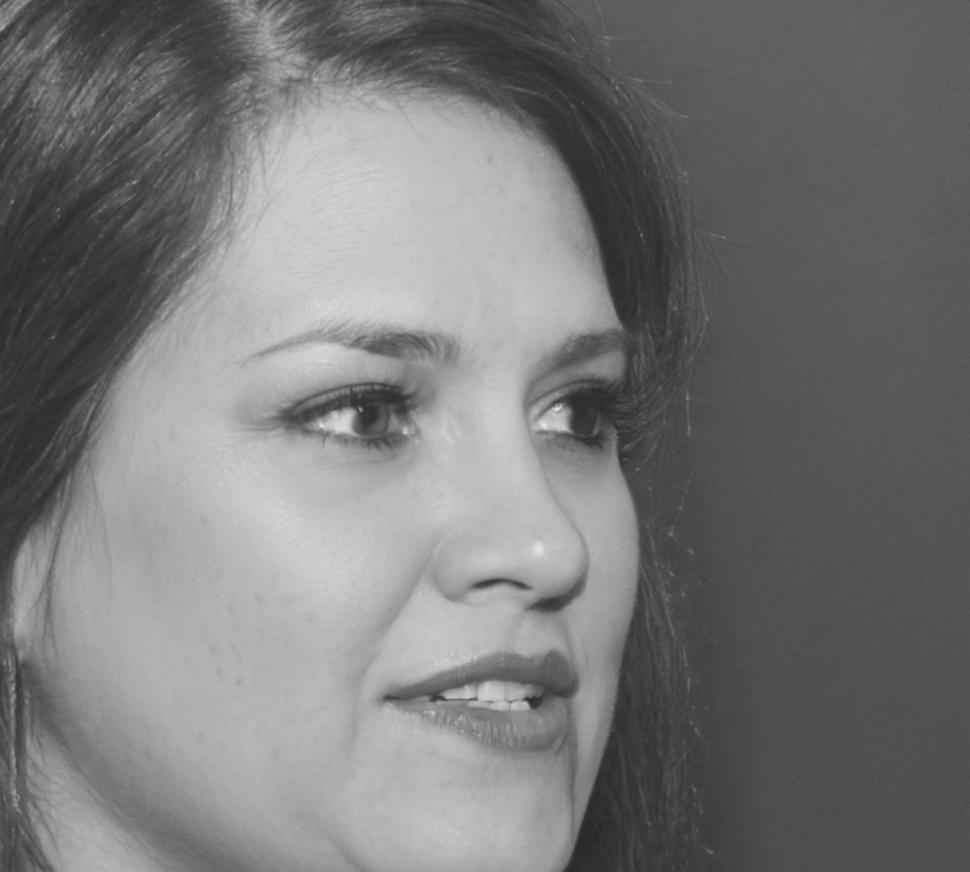Practical Teaching Methods
Real-world approaches that help people actually understand budget risk management without the usual financial jargon
How We Actually Teach This Stuff
Look, most financial education sounds like it was written by robots for other robots. We've spent years figuring out how normal people actually learn about money management. Turns out, real examples work way better than theory.
Our approach starts with situations people recognize. Like when your car needs repairs the same week your insurance payment is due. Or when business income drops but expenses stay the same. These moments teach risk management better than any textbook.
- Case studies from actual Australian households and businesses
- Interactive scenarios you can work through at your own pace
- Tools that connect to your actual financial situation
- Group discussions where people share what actually works

Common Learning Challenges We Address
These are the roadblocks people hit when trying to learn financial risk management. We've seen them all.
Information Overload
People get buried in financial advice from everywhere. Social media, family, friends - it's contradictory and overwhelming.
- Start with one specific situation you're facing right now
- Work through that completely before adding complexity
- Build understanding step by step, not all at once
Fear of Making Mistakes
Money mistakes feel permanent and scary. This fear stops people from making any decisions at all.
- Practice with safe scenarios first
- Learn from other people's mistakes without the consequences
- Start with small, reversible decisions to build confidence
Abstract Concepts
Risk management sounds theoretical until you need it. Hard to grasp when you're not in crisis mode.
- Use real stories from people in similar situations
- Connect concepts to decisions you make every day
- Show immediate, practical benefits of good planning
One-Size-Fits-All Advice
Generic financial advice doesn't work for everyone. Your situation is unique to you.
- Customize strategies for your income and goals
- Address your specific risk factors and constraints
- Adapt methods as your situation changes over time
Learning Journey Timeline
Here's how most people progress through understanding budget risk management. Everyone moves at their own pace.
Weeks 1-2: Reality Check
We start by looking at where your money actually goes. Not judging, just understanding. Most people discover they have blind spots they didn't know about.
You'll track spending for two weeks and identify your biggest risk areas. This foundation makes everything else click.
Weeks 3-6: Buffer Building
Small emergency fund first. Even 0 changes how you handle unexpected expenses. We'll find that money in your current budget without major lifestyle changes.
You start feeling less anxious about money surprises. That psychological shift is huge for making better decisions.
Weeks 7-12: Risk Assessment
Now we look at your bigger picture risks. Job security, health issues, major expenses coming up. Different for everyone, but patterns emerge.
You develop personalized strategies for your specific situation. Generic advice gets replaced with your own system.
Months 4-6: Advanced Planning
Insurance review, investment basics, tax planning. But only after your foundation is solid. These topics make sense now because you understand your risks.
You're making informed decisions instead of following someone else's blueprint.
Why Traditional Methods Often Fail
Most financial education assumes people are perfectly rational and have unlimited willpower. In reality, we're tired after work, stressed about bills, and trying to make good decisions with incomplete information.
Traditional approaches also focus on complex strategies before people understand basics. It's like teaching calculus before arithmetic. We reverse that - master fundamentals first, then build complexity gradually.
"The biggest breakthrough for most people isn't learning new techniques - it's understanding why their current approach isn't working for their specific situation."
We also recognize that money decisions are emotional, not just mathematical. Fear, guilt, optimism, and past experiences all influence choices. Good financial education addresses the psychological side alongside the technical side.
Our methods work because they acknowledge these realities. We start where you are, not where textbooks think you should be.

Priya Singh
Lead Financial Educator
Former bank adviser who got frustrated with one-size-fits-all financial advice. Developed our practical teaching methods after working with over 800 Australian families. Believes financial education should actually help people sleep better at night.
Ready to Try a Different Approach?
Our next program starts in September 2025. Small groups, real situations, practical solutions that actually work for normal people.
Explore Learning Options